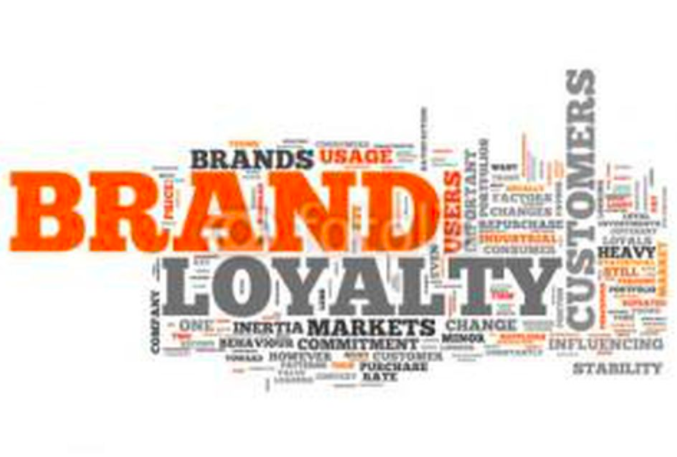Posts
The Importance of Cumulative Advantage

Cumulative Advantage in FMCG (frequently purchased consumer goods)
As they define it “cumulative advantage” is what you get when a consumer picks your brand for
repurchase with very little or no thought invested in the purchase.
Very often, they write, brands in the pursuit of competitive advantage, push new features
and innovations, which actually lead to the destruction of cumulative advantage. Because this forces the consumer to give thought before
making a choice breaking the habit of picking the brand without thought.
They advocate that brands put cumulative advantage over competitive advantage.
Lafley & Martin illustrate how a brand can retail cumulative advantage while
innovating through the history of Tide, P&G’s mega detergent brand.
Building Cumulative Advantage for Infrequently Purchased Consumer Goods & Services
While the theory of cumulative advantage works for the FMCG category, one wonders whether it is applicable to categories like consumer electronics or auto where time between purchases is in terms of years and not weeks or months.
Infrequently Purchased but Frequently Used – On-Product Branding & After-sales service
My own interpretation of cumulative advantage and how to build it for infrequently purchased but frequently used categories like television sets or mobile phones is for the brand to reinforce itself while the brand is in use with clear but unobtrusive branding on the product itself (provided of course that the product is of high quality. Otherwise product branding can be very counter-productive!). As also to make sure that after-sales customer service is top-class.
Building Cumulative Advantage in the Digital World
To my mind, the world of digital communication and social media opens up a very important channel of building Cumulative Advantage.
The simplest and safest form to do this is to establish and nurture an ongoing one-on-one communication channel with the user. The first step would be to build an user database and then open a permission driven channel of communication with the user through e-mail, text, chat Apps etc. The ongoing endeavour would then be to keep the user lightly and interactively engaged through information sharing, invitations and feedback seeking. While the more evolved B2B brands do this, very few B2C brands do this. Perhaps because, in the world of traditional communication, it is difficult to address thousands of users. This constraint however is gone with the emergence of digital communication platforms.
User Communities
A more evolved way of building cumulative advantage through communication with users would be to build and nurture an online community of users. Such a community would have the potential to ratchet up cumulative advantage for a brand as users interact not just with the brand with each other. However this could also destroy cumulative advantage rapidly through the generation of a negative cycle of influence.
Online communities of users therefore are a good idea for brands that are confident of the quality of their products and services. And even then require expert moderation that reinforces positive commentary and dampens negative trends.
Leave a Reply